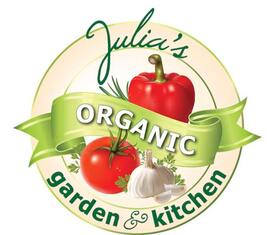|
I keep hearing from cellar bin
The rumbling sound Of load on load of apples coming in For I have had too much Of apple-picking: I am overtired Of the great harvest I myself desired. By Robert Frost You stretch your hand and pick a fruit off the branch, still warm from the sun. You plunge your teeth into a soft and juicy flesh... the fruit that hasn't been sprayed with chemicals or treated for long term preservation, spent days in the back of a truck or a few months in the fridge... is it possible? Yes, it is. If you grow it yourself. You can grow fruit trees even in a small backyard and it's not as hard as it looks. There are only a few small tricks that you really need to know and we are going to go through them turn by turn. What do you need to grow fruit trees Fruit trees require at least six hours of full sun and they don't like strong winds. The best place for them is in a sheltered sunny spot. If you are lacking one, try to grow currants (black, white or red), tamarillo or cherry guava as they don't require as much sun. They also need good drainage and room to grow. The required space between trees is usually specified in the label attached to the plant; if unsure, consult the nursery. Usually, it is three metres between trees, and, as most of us are probably not the owners of the biggest backyard, a dwarf fruit tree is going to be the best option. Another important point to consider is whether the tree you are about to plant is self – fertile or needs a cross – pollinator. Fruits like, nectarines, citrus, peach and apricots don't need a pollinating neighbour (meaning, they will bear fruits on their own). Cherries, apples, pears and plums need a pollinator. If you don't have enough space, you still can plant a desired tree as the pollinator can grow at your neighbour's backyard or it could be a tree from a slightly different family, for example: nashi pears are a pollinator for pears. If you are beginner or too busy to look after your trees, you can choose the ones that are easier to look after: figs, quince quince-antioxidant-champion.html or persimmons. Just remember, that even these varieties need to be netted against birds and possums. Also check that the tree you are about to buy is suitable to your climate and microclimate. How to choose fruit trees. Always buy the tree from a reputable supplier, with a label. Check the roots – they shouldn’t be damaged, without splits and cut neatly. Evaluate the brunches – are you be able to create the shape you’re after? How to plant fruit tree. The best time to plant fruit trees is in winter for deciduous varieties (they lose leaves during winter) as they are in a dormant state and autumn for citruses (oranges, lemons, mandarins, grapefruit, kumquat). You can also plant in spring, but then you need to buy potted trees; they are more expensive than bare – rooted and aren’t going to sprout easily either. Before planting bare-rooted ones, soak the roots in the water. With potted trees, you need to remove them from the pot and inspect the roots. If they have circled around the pot (overgrown the pot), disentangle them gently and trim some of the roots as the tree can suffocate itself when it starts to grow. Before planting your tree you need to prepare soil. The rule of a thumb: all trees hate water clogging, especially citruses. That why you need to dig a hole bigger than the roots (1 metre wide and half metre deep) and fill it with good quality compost mixed with soil; incorporate gypsum if your soil is clay. Make a little mountain with a dent in the middle - sort of like a volcano - where you are going to pant the tree. Soil that’s too sandy is a problem too (Frankston, Seaford areas). You can improve it with the same mound method; just add some clay (around 10%) on the top (25 – 35 cm) of your little mountain. Tease the roots gently to loosen then up. Spread the roots over your improved soil mix and fill the soil around the roots, the soil should be on the same level as it was in the pot and the graft union should be at least 5 cm above the soil. Check that no roots are exposed. Firm the soil around the tree and water thoroughly. Apply mulch as it keeps the tree from over – cooling during the winter and protects from over – heating during summer; mulch also improves the soil after it breaks down and decreases the amount of weeds. Just remember to not apply it too close to the tree's trunk as it can cause rot. Here is my article about mulching all-about-mulch.html How to look after your fruit trees after planting. All after – planting activities can be summarised as: watering, fertilizing, pruning, weed and pest control. Watering. It is very important to water your tree regularly, especially during the first year of establishing. Normally, 3 - 4 times a week is enough. If unsure, consult a nursery. Fertilizing. Usually, the best time to feed your tree is the end of the winter, however, sometimes it depends on the type of tree and it’s best to check in the nursery. Composted animal manure, like chicken, for example, together with blood and bone is ideal. Incorporate it around the drip line (the perimeter of canopy) otherwise you can damage the roots. Pruning is very important as it increases the harvest size, invigorates the tree and keeps it to a manageable size. Almost all trees need it done yearly. Prune your tree in summer after you collect the harvest to reduce the height and for better sun penetration. During the winter prune the overgrown, dead, broken or deceased branches; the ones that cross each other, suckers, down-growers and small ones. Also remove shoots that grow below the graft. I always take a step back during the pruning to evaluate the progress. If the shape of the tree looks evenly spaced and with a lot of light it is time to stop. The most popular shape of tree is an open vase. Trees don't like to compete with the grass within the drip line, especially during the first year. Use or destroy all the fallen fruits and also the ones that are left as mummies on the brunches in the end of the season as they are going to be the breeding point for pests. To increase the harvest you need to attract bees and beneficial insects and ward off the “bad” bugs. Plant rosemary, lavender lavender-the-royal-herb.html or oregano (oregano-pizza-herb-antioxidant-booster.html) next to your trees; they are great for these purposes. You can also incorporate alpine strawberries as bee attractors, ground cover that suppress the weeds and source of divine super–food berries (alpine-strawberry-vitamins-galore.html) To find out how to deal with pests organically please visit my post organic-pest-control.html Citruses. This family of fruit trees is slightly different and they need to be mentioned separately from the rest of the fruit trees, as they are very fussy about watering, feeding and they have slightly different pruning requirements. They need a sunny position all year around, even during the winter months. They don't like clay soil, water clogging and a salt-laden breeze. They are greedy feeders so apply fertilizer twice a year: winter and summer. If your tree doesn't look happy (or dropping fruits) apply it again. Citruses have a shallow root system, which means that:
Apart from lemons, they don't like to be pruned heavily. You can prune lemons the same way as the other fruit trees, see above. Always remove and destroy any gall wasps. Dwarf fruit trees. If you don't have a big backyard, your best option is a dwarf fruit tree. They will produce full size fruits and they are more manageable than full size trees as you can move them around as you please. You can plant it in the ground or keep in pots, they looks lovely on the patio or porch. There are the same rules about how to look after them; you'll need to give them slightly more attention as they don't have access to all nutrition and water as if they were in the soil. Don't forget to water, feed them twice a year – winter and summer and re - pot once every two years, changing the potting mix completely. The bigger the pot they are growing in, the more happier they will be. I grow as dwarfs: apples, cherry, avocado, nashi, pear, persimmon, cherry and kumquat. To save space you can also espalier the tree: train it to grow against the wall or any other flat structure, training the side brunches and cutting the ones that grow onwards. Espaliered trees are more manageable. Heritage fruit trees. The heritage or heirloom fruit tree is the one that is rare, has been growing for hundreds of years, has a unique taste and is not available in supermarkets. Sadly, a lot of them have been lost completely for cultivation. They are gone because of the profit maximisation goals of the big chain supermarkets. Superstores like Coles and Woolworth are buying from farmers only fruits that are tough, with thick skin and can be kept in the fridge for up to six months. Apple and other fruit growers were forced to cut trees that didn't fit into this scenario. How many types of apple trees do you know? Golden Delicious, Granny Smith and Gala? Did you know that old fruit catalogues contained hundreds of types of apple trees? I am growing the following heritage apple trees: Eggremont Russet, Kox Orange Pippin, Granvenstein, Five Crown, Alexander, Grand Duke Constantine, Renete Dores, Snow among others. If you decide to start a small orchard, please consider buying a heirloom tree; by doing this you are contributing and supporting bio – diversity, sustainability and contributing to preserving our heritage fruits. Conclusion. Growing your fruit trees are beneficial in all aspects: your eat great quality fruits that are substance free, spend more time in fresh air looking after them, learning something new all time and saving your money on groceries. You can use your trees as a divider of your garden or as focal point in a landscaping project. Besides, you are going to enjoy the shade during the summer, fragrance and stunning view of your blossoming garden during the spring, bright Van Gogh colours during the autumn and the effect of light streaming through the brunches during the winter making your garden enigmatic; something straight out of Swan Lake. ***
0 Comments
Why do you need your own veggie patch?
There are so many reasons to have this little spot of heaven in our backyards… Probably the most important one is that you are going to have a fresh supply of your own crop all year round and you'll have significant savings on your grocery bill. I need to specify, that fresh, for me, means picked right now. If it was picked in the morning and it’s now evening, it’s no longer fresh. In which shop in the world you can find something that was picked five minutes ago? The only true answer is your own backyard or if you are lacking one - Julia's Organic Garden and Kitchen Place. You are always welcome here and you can pick up your lunch or dinner by yourself. Another crucial consideration is that you know exactly what you put in your garden and that it is completely substance free. If you have children, this little spot next to your house is going to be an endless supply of educational activities, lessons full of fun and precious uniting family projects. This little patch (hanging baskets, old boxes with punched holes in the bottom, egg cartoons filled with dirt... the list is endless and you’ll be surprised how creative you kids are) is a place where your children will learn to love and protect our only home. Growing you own crop, means that you'll decrease the amount of polluting trucks that are bringing fruits and veggies to the shops. Regrettably, absolutely all the supermarkets in Australia adopted so-called “Just-In-Time” inventory approach, where units are purchased and brought only when they are wanted. It reduces cost for companies as Coles or Woolworth or Aldi, but at what price to the environment? Another reason to start to grow something is that you'll decrease the amount of burnt calories (here is my article about this topic working-out-in-the-garden.html) and spend more time in the fresh air. And finally, having your own fresh produce means a lot of saving on pills, doctors and time when you are unwell, and this is one of the best parts of having a healthy lifestyle. Very often I meet people that have decided to start a garden and just rush to the nearest store to waste hundreds of dollars on unnecessary, overpriced stuff made overseas. When you start your patch, basically all you need is a waterproof container where you can punch holes in the bottom, dirt, seeds (and/or cuttings) and some space (even a tiny one). Even if you live in an apartment you still can utilize a windowsill, porch or wall/s. If you are on a budget you can start by buying something very basic like a shovel and rake and then just slowly add to your tools and equipment over a gradual period of time. Another important argument not to hurry with buying equipment all at once is that you'll know with gaining gardening experience exactly what you’ll need. However, even at the very beginner's level we still need: - a shovel; when you are choosing shovels/rakes always buy with a long handle as they are much more back friendly than those with a short one. - rake; - gloves; - mini-shovel - watering can; I prefer the metal one as the plastic one is (a) ecologically unfriendly and (b) becomes brittle very quickly; -personally, I can't work in the garden without a motorbike belt, it’s a tremendous help with my back. Where to shop to buy all of these? The “Gum tree” website is an absolute El Dorado for gardeners, where you can get stuff for free, followed closely by “Trash and Treasure” markets. Those markets are the best places in the world not only for gardeners, but for everyone, because: (a) if you buy there you are actively participating in recycling process; (b) only there you can buy European tool for a cheap price. However, the drawback of these markets is there is no always what you need. In this case, you’ll have to go to a Bunnings. Considering the bed/s position and type of bed. When choosing the bed position always try to choose the sunniest and most raised place in you garden as it will save your back. You can make it yourself, buy in the store or pick up from the side of the road as it can be any box, former paint basket, old kiddies pool etc. However in my opinion, the best option in the garden is the non-dig-bed as it requires a limited amount of work, can be implemented anywhere (over concrete or lawn), is easy to make, retains the moisture well and has less weeds than a normal bed. Here is the link to my post how to make a non-dig-bed its-simple-make-your-own-no-dig-bed.html Soil, compost and mulching. Here is the good news: if you have good, healthy soil in your garden, half of your problems (fungi, pests, split and twisted roots etc.) would be sorted automatically. The bad news: you can't buy good soil in Australia. The quality of the soil that is sold over the counter is bad without any correlation to the price. That why it is advisable to make soil yourself. However in saying that, I always use the shop's soil for propagating spring seeds inside the house or when I run a master classes, because this soil is sterile. Compost everything that you can compost and you'll: - improve your soil (see above), - decrease your ecological footprints, - help to preventing green house emission, - have your own mulch available at any time and save money. You can buy a compost bin, or: - make it yourself; - go for a hunt in the local “Trash and Treasure” market; - pick up from the side of the road anything that looks like a compost bin. And here is the link how to compost how-to-make-compost.html Mulching is another important part of being successful in gardening as mulch prevents soil from drying out during summer (it reduces the evaporation of moisture up to 70%) and it saves time on watering. During winter it protects soil from over – cooling, suppresses weeds and improves the quality of soil when it breaks down eventually and turns into valuable humus. There are quite a few types of compost: straw, hay, barks... they all available from stores, yet you can mulch you entire garden for free (coffee waste from local shop, rotten leaves from river banks, cleaning horse's supplier warehouse floor, etc.). You can follow this link to access my post about mulching: all-about-mulch.html Other considerations. If you are just starting to make your first steps in gardening and don't know how to approach, it is advisable to read a few articles before starting your project, you can find them in the local library, in my web-site quite a few of them: juliaorganic.com.au and you can ask me questions via FB, Instagram or in a comment form below any of my posts. Observe gardens of other people and you can pick up quite a few ideas. You can save on seeds and cuttings if you pay a visit to your friends or relatives who already have a garden or exchange seeds with your gardeners’ colleagues. Don't forget to save seeds for the next year! Always start with a little project, no more than fifteen minutes a day, otherwise you can end up with a sore back and completely disheartened. Increase your time in the garden slowly. It is an excellent idea to have a few chooks in the garden as you'll have a luxurious fresh organic eggs on your table every day, an endless supply of organic manure and you'll also recycle your food scraps. Just before buying them, remember that they are basically pets and you'll need to look after them (feed them, change the water, clean their shed etc.). If you are not sure that you'll have enough time it is better to abandon this idea in the very beginning. And it is absolutely fantastic to have bees. By having them you'll increase your harvest by 30% at least and you'll have your good quality raw and combed honey that is almost impossible to buy in any of the shops. Just a word of caution, before buying a beehive it is better to attend a bee-keeping course. What we are planting? Plant what you like to eat. For example, I love persimmons, that’s why I have two of them. Plant what is easy to grow if you are a beginner. If you have never done gardening before I'd advise you to start with salad, parsley and cherry guava; leave cabbages and peaches for a later stage. Arrange your bed according to height of plants. For example, long stemmed sunflowers can go to the back, then silver beet in the middle rows and carrots in the front. You'll find all the necessary instructions (height and spacing) on the back of your seeds’ bag. Also take into a consideration the amount of sun your plants should receive when positioning them. For example, plant tomatoes and basil should be in the most sunny position; chives, dill and salad can go behind. Boosting our harvest. We can do it in a few different ways 1. Attract pollinating insects. 2. If you have a beehive in you backyard this problem is solved. All the same, if you are like most of us, unfortunately lacking this little bee house/s at your place, plant bee's and other pollinating insects attracting plants (oregano, rocket, zucchinis, plums, apples, lavender etc). 3. Fighting with pests/bad insects. In most of the cases, all you need is baby shampoo, olive oil, squashed garlic, cayenne pepper and ashes. The easiest concoction that stops almost all the pests is baby shampoo, olive oil garlic, cayenne pepper and a bucket of water. Or, put a handful of ashes on affected plant. The article with a more detail about how to fight pests organically is scheduled for publishing in April. 4. Attract insects that eat bad insects, ladybirds or praying mantises, for example. 5. Inter-plant crop with companion plants. In some sense, plants are like humans. With a time you'll notice that some plants like each other's company (classical example: tomatoes and basil), some can't stand each other, example: dill and carrot. Another examples of plants that compliment each other: strawberries and raspberries, apple tree and garlic. Besides, if you inter - plant some of the plants it'll help to ward off pests (sage and chamomile as they are very pungent); or pests will prefer to eat the more tender leaves of nasturtium flowers if you plant them next to cabbages. 6. Adding mulch and manure. Don't forget to add manure to your garden, the best time for Victoria state is the end of July. Try to apply organic one. About mulch application, please, see above. 7. Don't forget to rotate your crop. It is a very important task if you want to maintain your garden healthy. Rotating crop means not to plant in the same spot plants from the same family, as they prone to same deceases and take the same nutrients from the soil. For example, tomatoes, potatoes and eggplants belong to the same family. Applying the crop rotation rule: don't plant any of them next year; plant legumes or cucumbers or salad. I hope I have encouraged you to start gardening. It is a worthy investment and way to protect our planet. If you have you own tricks or tips on gardening or just questions I'd like to hear them from you.
Perhaps, St. John Wort is one of the most famous herbs worldwide (together with camomile, mint and a couple of others), treats heaps of diseases and maladies: from acne and gingivitis to depression (more later).
The application of this wonderful herb varies from country to country. Where I come from we have been using them for centuries to fight otitis, flu, angina, gastritis and acne. To my surprise, when I came here fourteen years ago, I realised that in western society, the main use of St. John's Wort is an anti – depressant and mood fluctuation! So, what are the main components of this herb? It contains the following chemicals: tocopherols, flavonoids, hypericin, hyperforin, tannins, vitamin P, vitamin C, carotene, nicotinic acid, zulen, invert sugar. Active ingredients: quercetin, giperozid, kvertsitrin, izokvertsitrin, rutin, giperitsinol, tannins, pseudohypericin, carotene, resin, essential oil, niacin and ascorbic acid. And here is the impressive list of the health benefits of St. John's Wort:
According to statistics, St. John capsules are among the best pharmaceutical sellers around the glob. The price of one jar in Australia varies from $11AUD to $25AUD. Considering that it'll start to kick in after three weeks and then you'll need to continue with your course it won't be cheap. So, why not to grow your own St. John Wort in a backyard? It's easy. St. John Wort is a weed.
• Roses like deep watering. Don’t sprinkle them. I usually pour 1 bucket of water every 3 – 5 days during the summer (depending on how hot it is).
• Roses like to be fed. You can buy rose fertiliser, but I noticed that roses love chicken manure the most and I apply it twice a year: in July and January together with Epsom salt, diluted in water. • Roses like mulch. They perform their best with leafy mulch (you can get it alongside the river beds), but again, based on my own experience, my favourite mulch is made from used Christmas trees. Roses love it and, besides, you are giving a second life to that tree. (If you don’t have roses and don’t want your Christmas tree to go to landfill, bring it to me, I’ll give to it a second life when I'm using it in a smoker when working with bees. Strawberries love them as mulch too). • Don’t forget to remove deadheads and prune them from time to time. • Roses prone to fungi diseases and bugs love them too; so don’t forget to occasionally apply some organic treatment. I usually just drip over water mixed with ashes, cayenne pepper and a spoon or so baby shampoo. And in the end, some beauty tips. Roses are good for your skin, especially if your skin is oily. Just add a few flowers to you ice cube https://www.youtube.com/watch?v=buhbKDTfiTE or in your face tonic https://www.youtube.com/watch?v=9ISPx29Dqzw |
Archives
February 2020
Categories |
Julia Organic Copyright 2021 Website MapMyBusiness
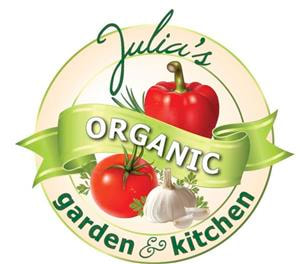
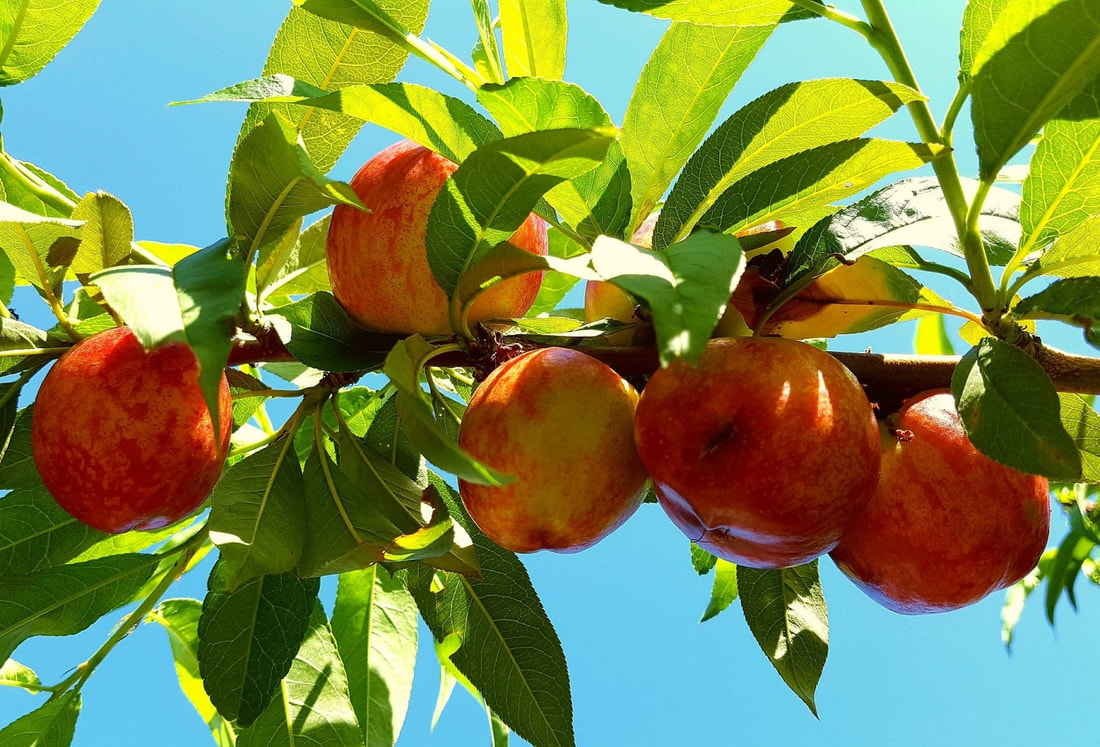
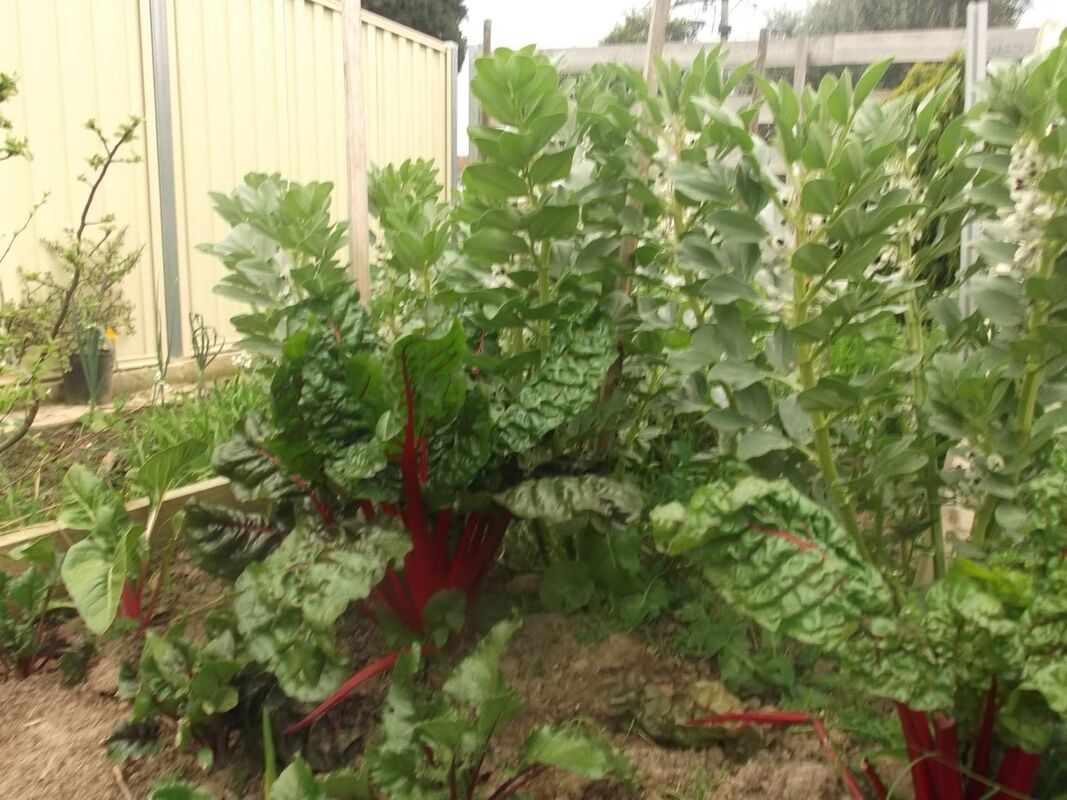
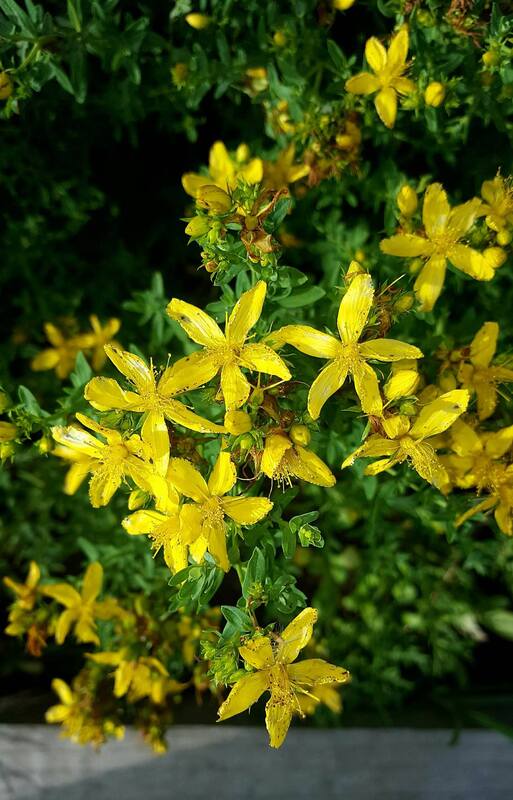
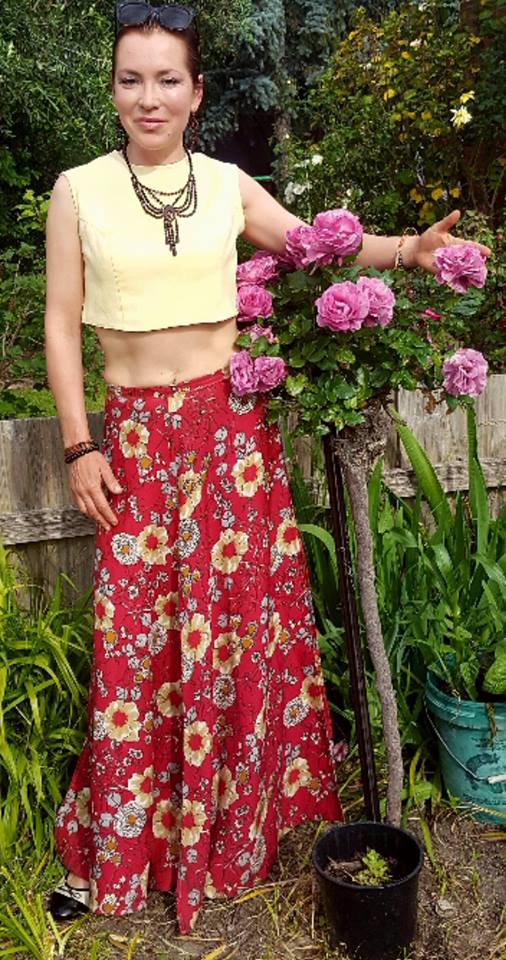
 RSS Feed
RSS Feed

